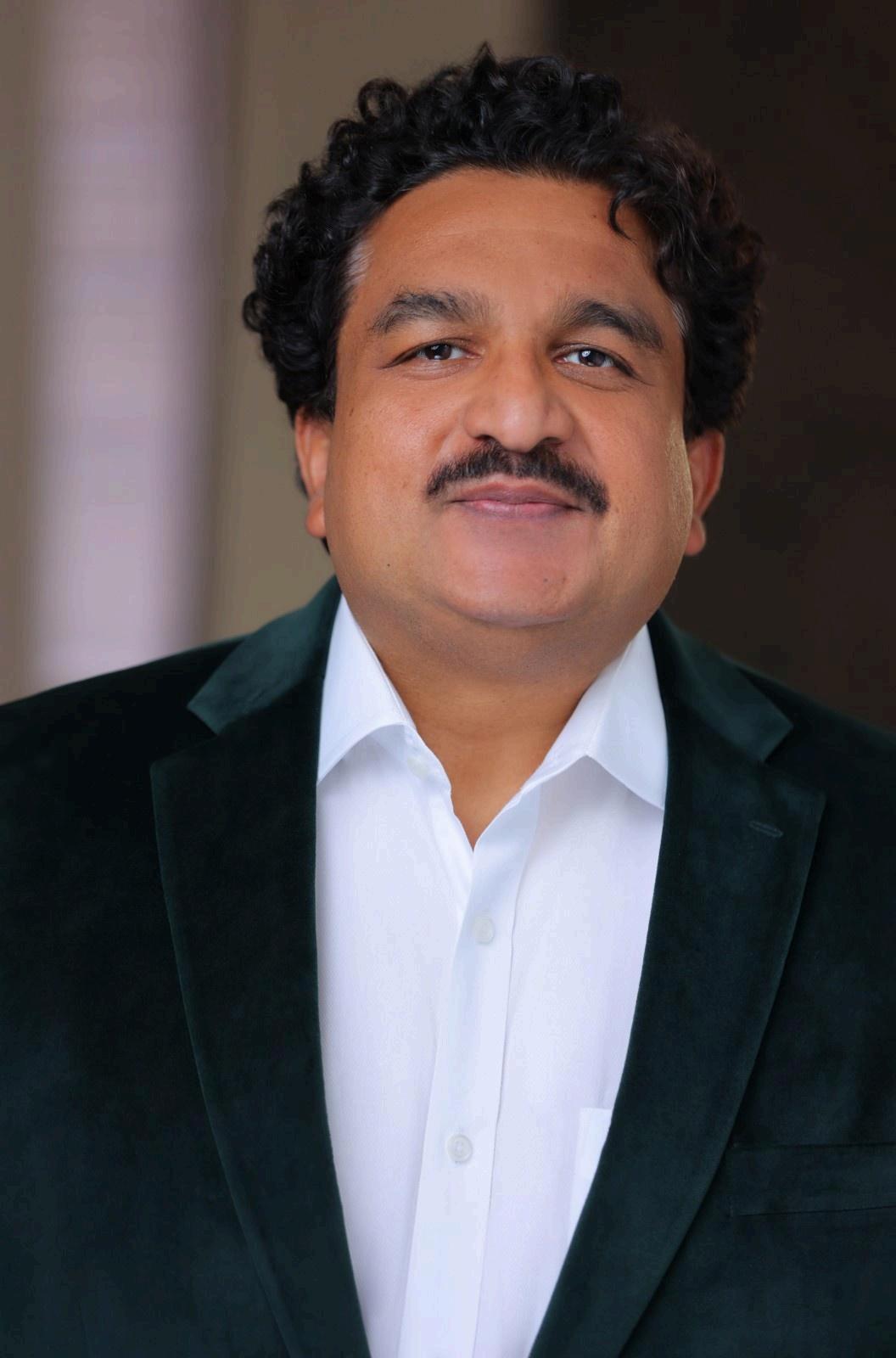Appreciating Various Art Forms

Isam Vaid believes that art has always been a reflection of human creativity, culture, and emotion. Across history and societies, people have found countless ways to express themselves through art, whether through painting, sculpture, music, dance, literature, or film Each art form carries its power, allowing us to connect with experiences beyond our own and deepening our understanding of the human condition. Appreciating various art forms is not only about admiring beauty but also about recognizing the meaning, skill, and inspiration behind each creation
Visual arts, such as painting and sculpture, often provide some of the most direct forms of artistic appreciation. Paintings can capture emotions, landscapes, and stories that words cannot easily convey From the detailed brushwork of classical art to the bold experimentation of modern movements, visual art communicates across time and culture. Sculptures, too, transform raw materials into expressive forms, allowing viewers to see human imagination take shape in stone, metal, or clay Appreciating these works requires more than observing their appearance; it involves considering the techniques, the context in which they were made, and the emotions they evoke

Music, another universal art form, can move people instantly. Whether through the rhythm of drums, the melody of a violin, or the harmonies of a choir, music speaks directly to emotions. It transcends language barriers, connecting people across different cultures A single piece of music can bring comfort, joy, or inspiration, often reflecting the cultural and historical background of its origin From classical symphonies to contemporary genres, music is both a personal and collective experience, offering endless opportunities for appreciation and exploration.
Literature allows us to enter the minds and worlds of others through the written word Poetry, novels, and plays offer imaginative journeys, deep reflections, and powerful stories that shape how we see ourselves and others Writers use language as their medium, weaving narratives that entertain, challenge, and inspire. By appreciating literature, we develop empathy for characters, gain insight into social issues, and explore different cultures and philosophies. Reading becomes more than an intellectual activity; it is a form of connection and dialogue between the author and the audience.

Performing arts, such as dance and theater, combine creativity with physical expression Dance communicates through movement, whether it is traditional folk dances, elegant ballet, or modern experimental forms Each performance expresses emotion and tells a story without words, relying on the body as the primary instrument Theater brings together dialogue, action, and performance to create stories that reflect society and human nature. When audiences watch a live performance, they experience art in its most immediate and dynamic form, shaped by the energy of both the performers and the viewers
Film is a relatively modern art form that combines elements of literature, theater, music, and visual art into a single medium. Movies have the power to entertain, educate, and inspire, blending storytelling with imagery and sound to create lasting impressions Appreciating film means looking beyond entertainment value to consider the artistry in cinematography, directing, acting, and scriptwriting. Films can capture social issues, historical events, and human emotions in ways that remain accessible to global audiences

The appreciation of art also requires openness and curiosity Not every piece will resonate with every person, but each work has value within its context. Learning about different art forms expands cultural awareness and helps us see the diversity of human expression It allows us to notice the details, craftsmanship, and intentions behind the work rather than focusing only on personal taste. By approaching art with a willingness to understand, we enrich our experiences and broaden our perspectives


In today’s world, where technology and speed often dominate, art remains a grounding force Visiting museums, attending performances, reading literature, or simply pausing to admire a mural on a city wall can bring a sense of reflection and wonder. Art enriches everyday life, reminding us of creativity’s role in shaping human identity and culture Whether through traditional works that have lasted centuries or new expressions emerging in the modern era, art continues to inspire, challenge, and connect people across boundaries
Ultimately, appreciating various art forms is about more than admiration. It is an active engagement with creativity that deepens our understanding of ourselves and others Every form, whether painted, performed, written, or filmed, invites us into a dialogue with human imagination. Through this dialogue, we learn to value diversity, celebrate culture, and embrace the enduring power of artistic expression in all its forms
